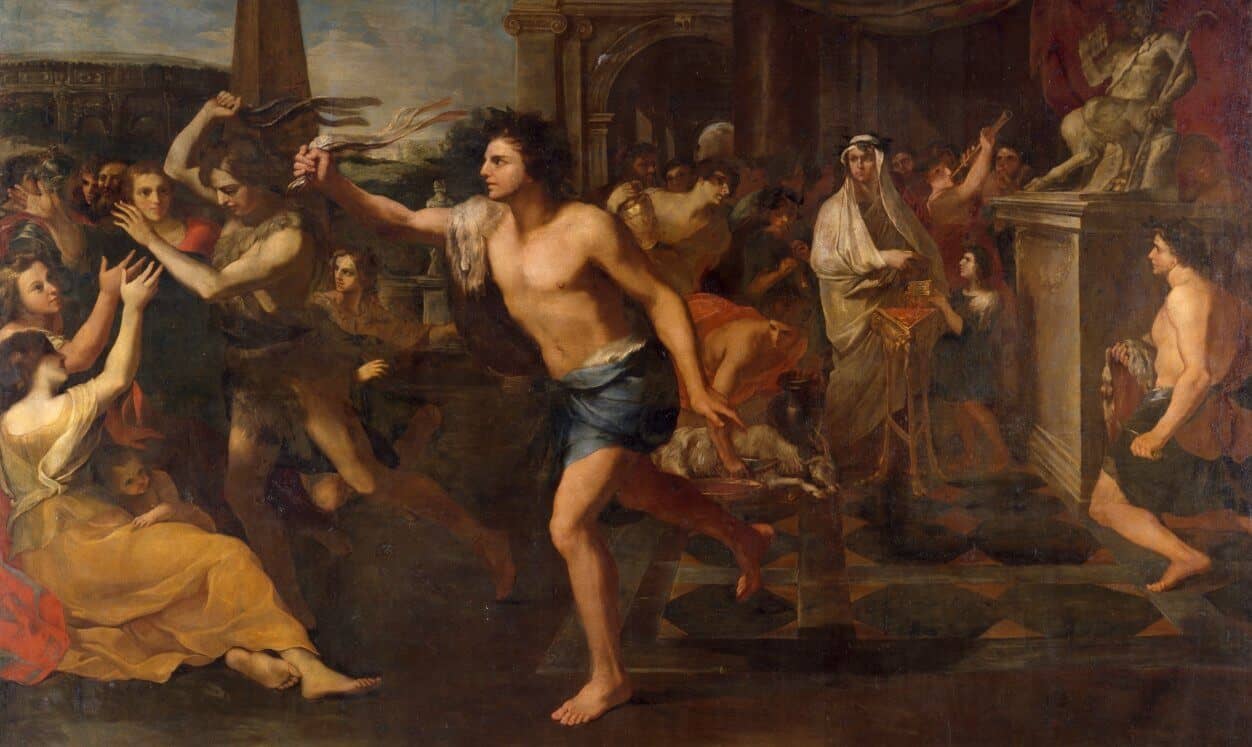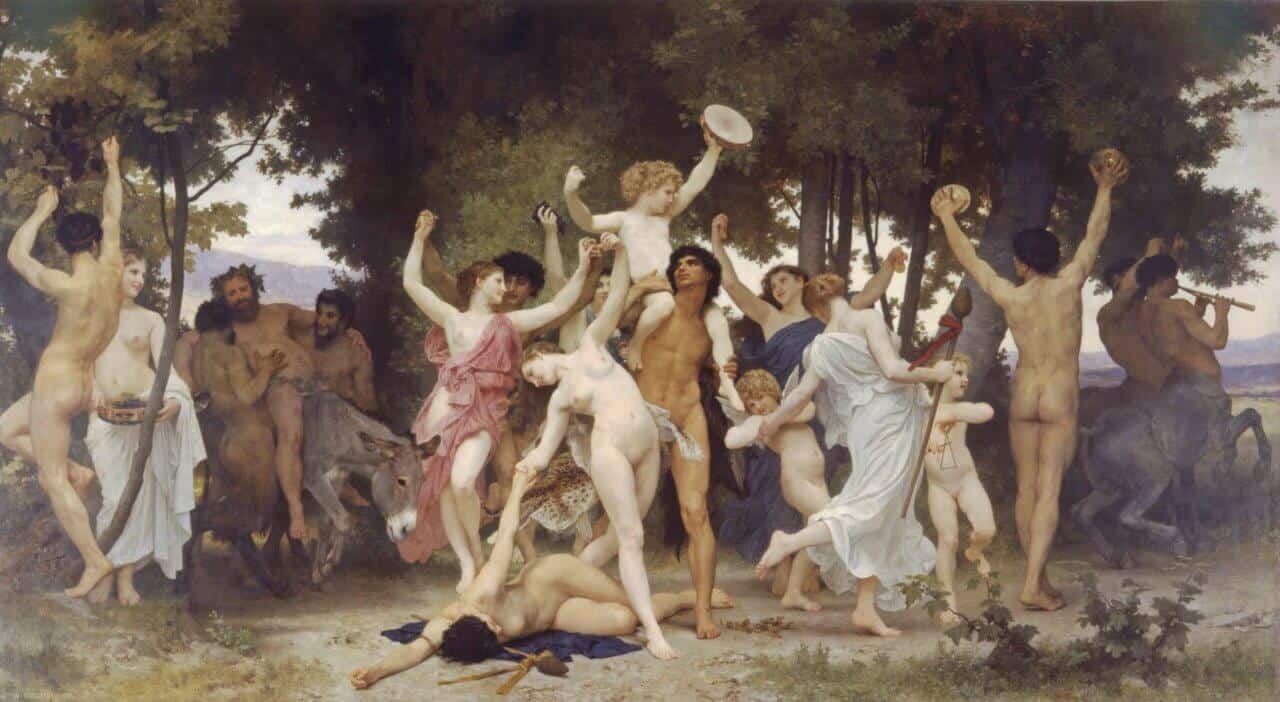The feast of love known as St. Valentine’s Day, celebrated on February 14, has its roots in ancient Roman animal sacrifices and the legend of a passionate saint. According to tradition Pope Gelasius established the celebration date in the period between 496 and 498 AD in order to honor St. Valentine.
Exploring the historical roots of Valentine’s Day: from the Lupercalia Festival to Christian tradition and the exchange of gifts of love
However, the true history and identity of the saint are the subject of debate among historians, with some arguing that Pope Gelasius set the commemoration to Christianize the pagan celebrations of the Lupercalia festival of ancient Rome. In this way, Valentine’s Day combines Christian and Roman traditions.
The exchange of gifts and love letters on Valentine’s Day was born in Britain and France during the Middle Ages, between the end of the Roman Empire and the 15th century. The tradition arrived in the United States in the early 18th century, thanks to advances in printing and the decrease in postal service prices, which made it possible to send greetings on Valentine’s Day.
In 1840, Esther A. Howland began selling the first mass Valentine’s Day postcards in the United States, which helped spread the tradition and popularity of the holiday of love.
Exploring the Ancient Roman Lupercal Feasts: Celebration of Purification, Fertility and Adulthood
Every year, on February 15, the amazing ritual of the Lupercal Feasts was repeated on the slopes of the Palatine Hill in ancient Rome. This month, which was also the last of the year, was considered a period of purification and abstinence.
Houses were cleaned down to the last corner and fertility was celebrated to start the New Year well.

These festivals were instituted by Evander the Arcadian in honor of Pan Lyceus, also known as Faunus Lupercus. In Archaic Rome there was a religious phenomenon: the sacred prostitution of women that took place in the Ara Maxima, all associated with the Lupercal Festivals.
The Lupercos must have been, in their origin, adolescents who survived by hunting and prowling in the forest during their initiation to adulthood. It was a sacred and transitional time in which they behaved like human wolves.
Members of the Roman order of priests the Luperci, sacrificed a goat for fertility and a dog for purification.
The ritual celebration began in the grotto called Lupercal later renamed Ruminal in honor of Remus, located on Mount Palatine. This grotto was the place where tradition claimed that a she-wolf had suckled the twins Romulus and Remus.
The festivities were dedicated to the shepherd god Lupercus, a very ancient deity of the Italians.
Young people ran through the streets and had sex shamelessly, being encouraged to do so. There were even contests to assign partners. It was, naturally a propitious date for the multiplication of society.
The Traditional Rituals of the Ancient Lupercal Feasts: A Celebration of Purification and Fertility in Ancient Rome

In the ancient Lupercal festivals which were repeated on the slopes of Mount Palatine in Rome every February 15, the ceremony began with an offering to the pastoral deity Lupercus. A priest would immolate a goat and dye its forehead with its blood, before laughing in a ritual guffaw and wiping away the stain with a tuft of wool soaked in milk from the same animal.
After a banquet washed down with wine, the young Luperci priests known as luperci, would run around the Palatine in a ritual race. They would then form a naked procession and sacrifice a male goat cutting its hide into strips that were called februum. With these leather rods, the lupercos purified the women by whipping them until their backs were purple, in a ritual that sought to increase their fertility and expel the evils within them.
Throughout the afternoon, the women placed their names in a giant urn and each single man in the city drew a name to form a couple for the whole year often culminating in marriage. On the other hand, the young Romans also drew names of girls from a lottery and the chosen women were their mates for a year, until the next lottery.
Lupercalia Festival – History, Changes and Evolution of the Ancient Roman Holiday
In ancient times the feast of Lupercalia was celebrated with great splendor in Rome. However, the Catholic Church in an attempt to make it more acceptable, introduced changes in the way companion names were selected. From then on both men and women could choose the names of their mates.
But the young Romans found themselves disappointed to see that instead of a companion they found on their card the name of some saint, whom they were to follow as a model for a whole year. Instead of the joy and enthusiasm they used to feel in the past, they found themselves with a sacred duty to fulfill.
But over time, the Catholic Church tried to soften this wild holiday and replace it with something more sacred. The event evolved into a tradition of sending name cards to those women who were admired, a tradition that still continues today.
According to Ovid, the Roman poet, this ritual dates back to the days when Romulus seized the Sabine women. Because of this abduction the gods were offended and punished the Romans with the sterility of their wives.
However, the curse finally ceased when a soothsayer sacrificed a billy goat and beat the young women with the animal’s leather thongs. In this way the people were “purified”. The word “februatus” in the Sabine language means “purified”.





